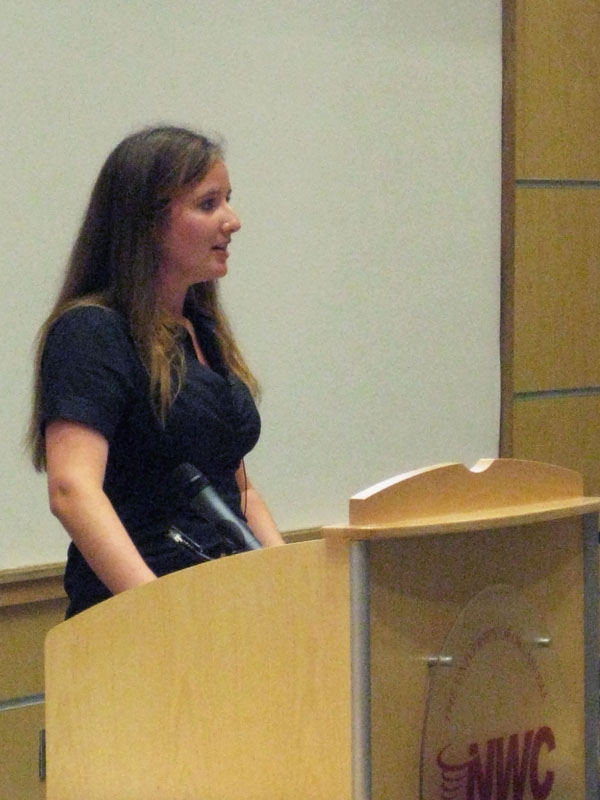May 26 - July 31

A Social Perspective Of Warn On Forecast: Ideal Tornado Warning Lead Time and the General Public's Perceptions Of Weather Risks
Stephanie Hoekstra, Jerry Brotzge, Rachel Butterworth, Kim Klockow, and Somer Erickson
Abstract:
In this study, 136 National Weather Center visitors were surveyed to assess their understanding and perception of weather risks. The majority of the respondents performed well overall. They seemed to be familiar with tornado seasons, however, they were not aware of the relative number of fatalities caused by several weather phenomenon each year in the United States. This study also aimed to pinpoint the ideal tornado warning lead-time for the general public, which was found to be 33.5 minutes. This justifies the fact that a longer lead-time of 1-2 hours, of which the possible future tornado prediction paradigm called warn on forecast could provide, would not be necessary for the general public. In fact, when asked what they would do if given a one-hour lead-time, respondents reported that taking shelter was a lesser priority than if given a 15-minute lead-time, and fleeing the area became a popular alternative. The majority also reported the situation would feel less life threatening if given a one-hour lead-time. Responses were analyzed according to several difference parameters, including age, region of residency, and educational level, however no significant conclusions can be drawn when evaluating how these variables can change the public’s perceptions of weather risks or their preferred ideal lead-time. Thus, the results of this study are informative to future studies, which evaluate the true impact of warn on forecast on the public, since the social perspective of a longer lead-time is often overlooked and underresearched.